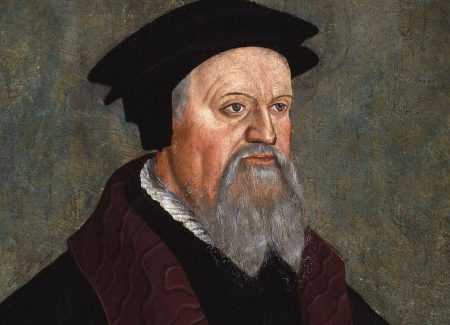To evaluate commonalities and differences on the doctrine of justification among Roman Catholics and Reformed Protestants, we would do well to consider two figures in whose writings the subject features prominently: the Protestant, Peter Martyr Vermigli (1499–1562) and the Catholic, John Henry Newman (1801–1890).
Despite the gulf in time separating Vermigli and Newman, there are several similarities in their personal and theological development. We observe, for example, that their years of study and ministry formation occurred in monastic settings. Both experienced spiritual awakening during a period of personal illness. They came of age in one another’s communion before converting in opposite directions. Both had profoundly important influences on Anglicanism. We see them reacting with enthusiasm and spirited polemics to the traditions of their youth. The work of both men developed within dynamic religious movements, which were defined by collaborative efforts involving clergy, laity, literati, and secular rulers. Most significant of all, however, is Vermigli’s and Newman’s common reliance upon two-fold righteousness (duplex iustitia) in their articulation of justification.
In the following Christ the Center interview, I enjoy exploring many of these factors, considering differences (and similarities) on the doctrine of justification between contemporary Roman Catholics and Reformed Protestants.





